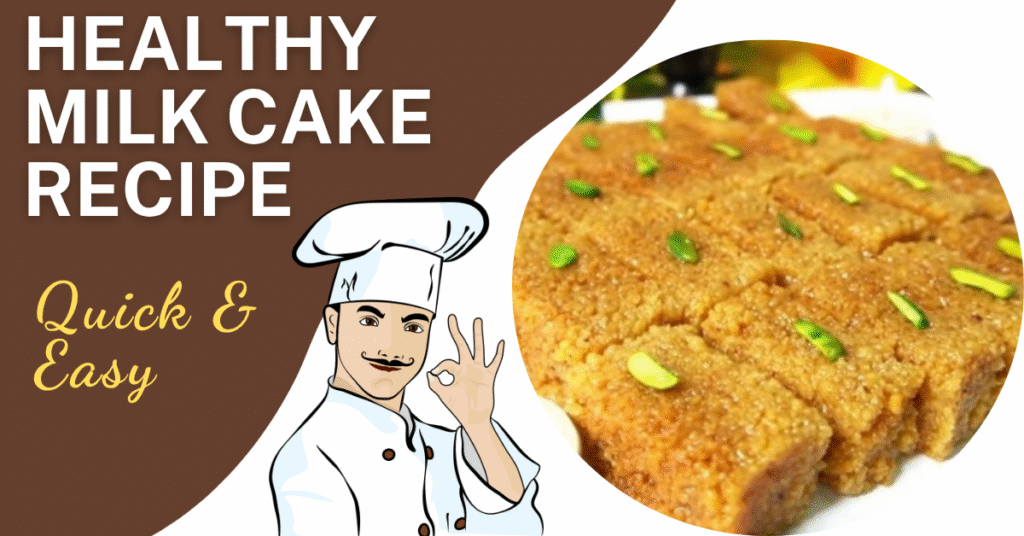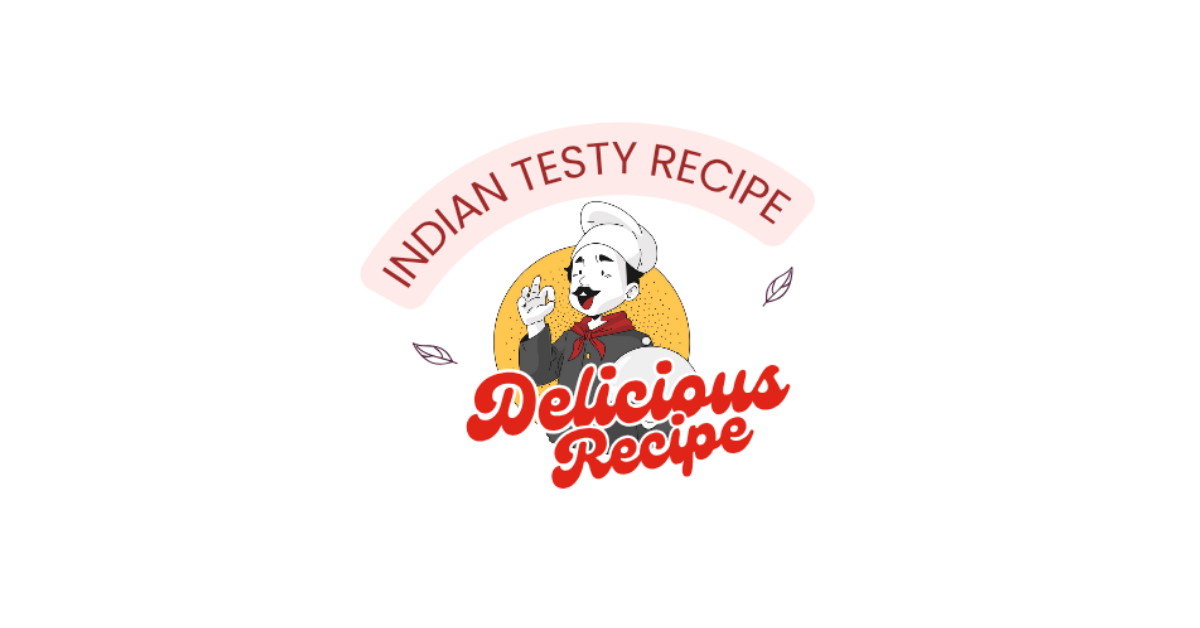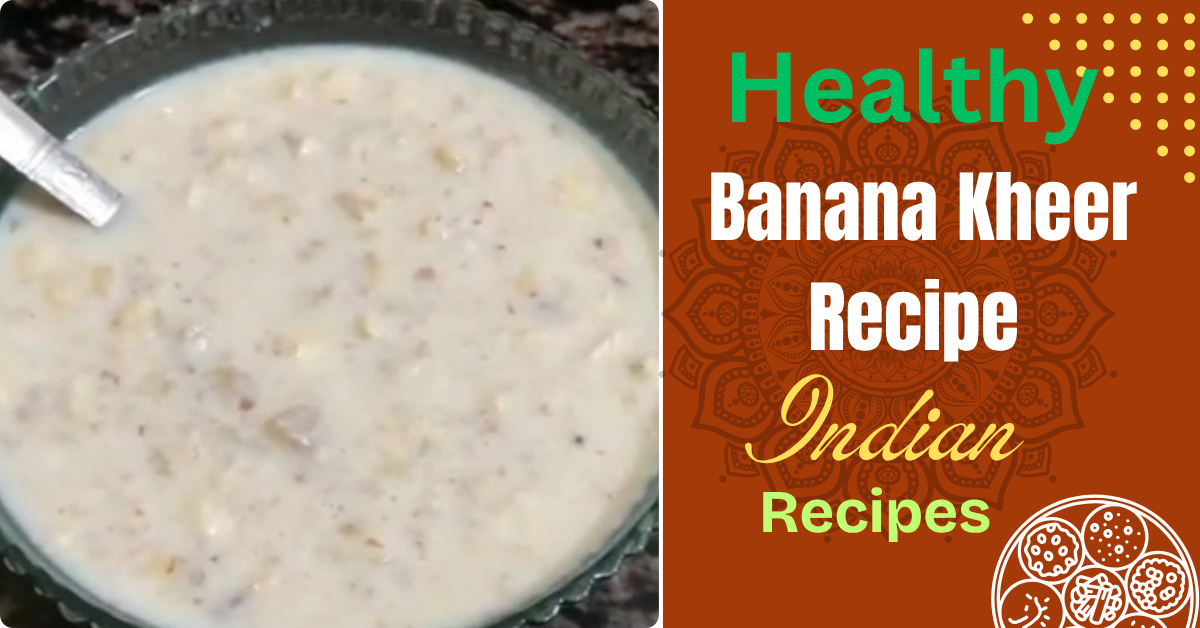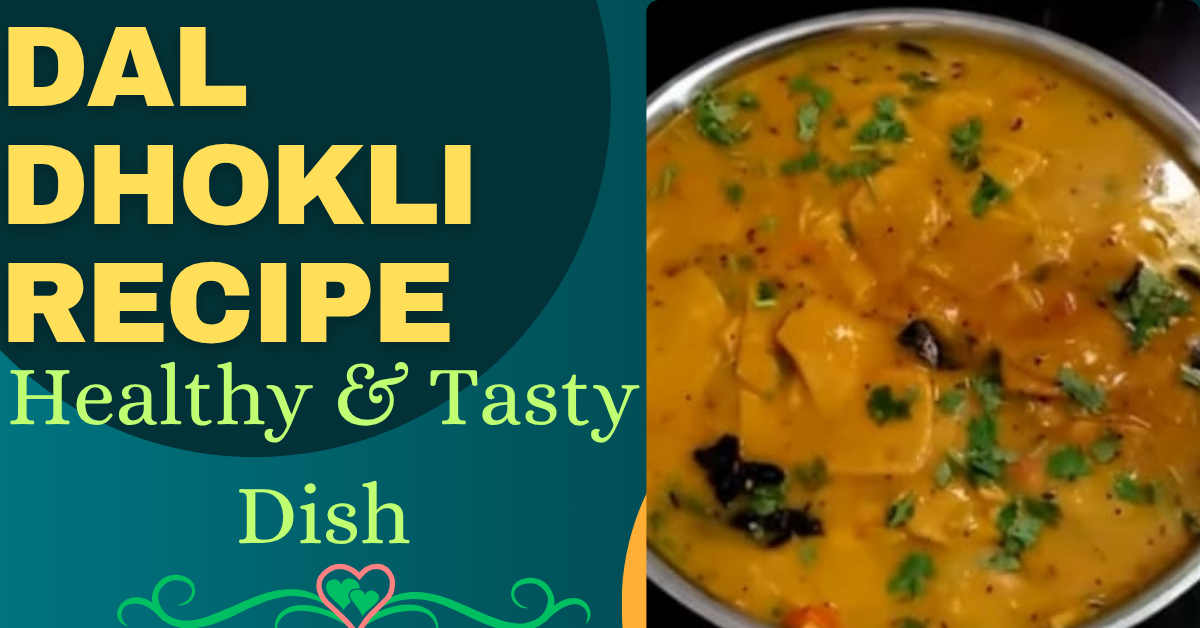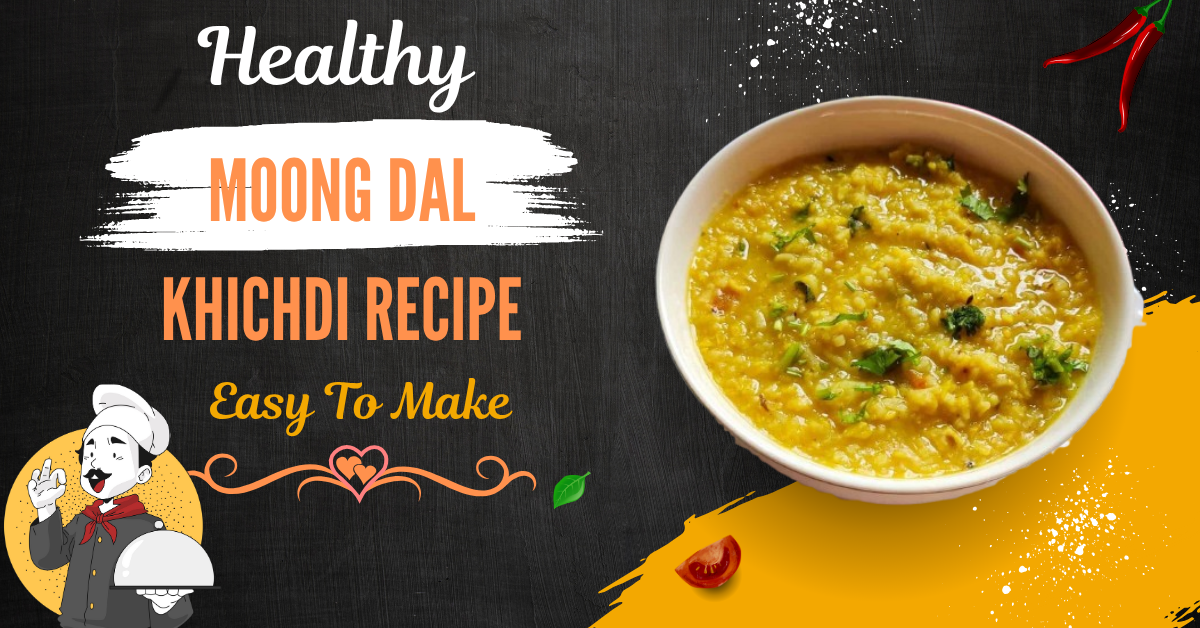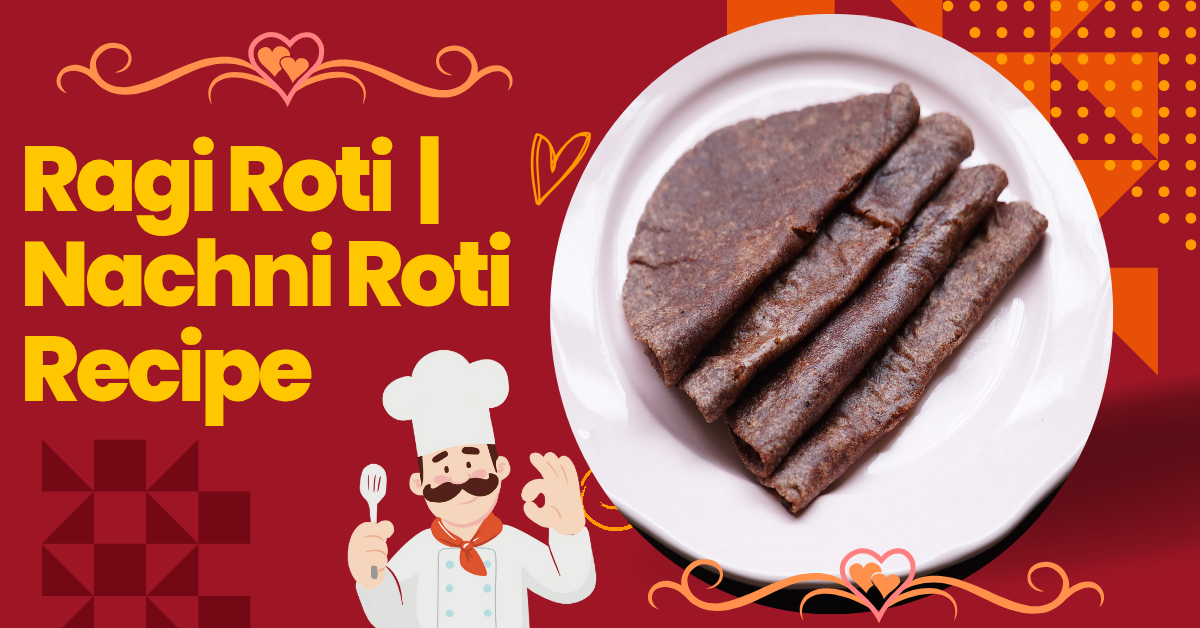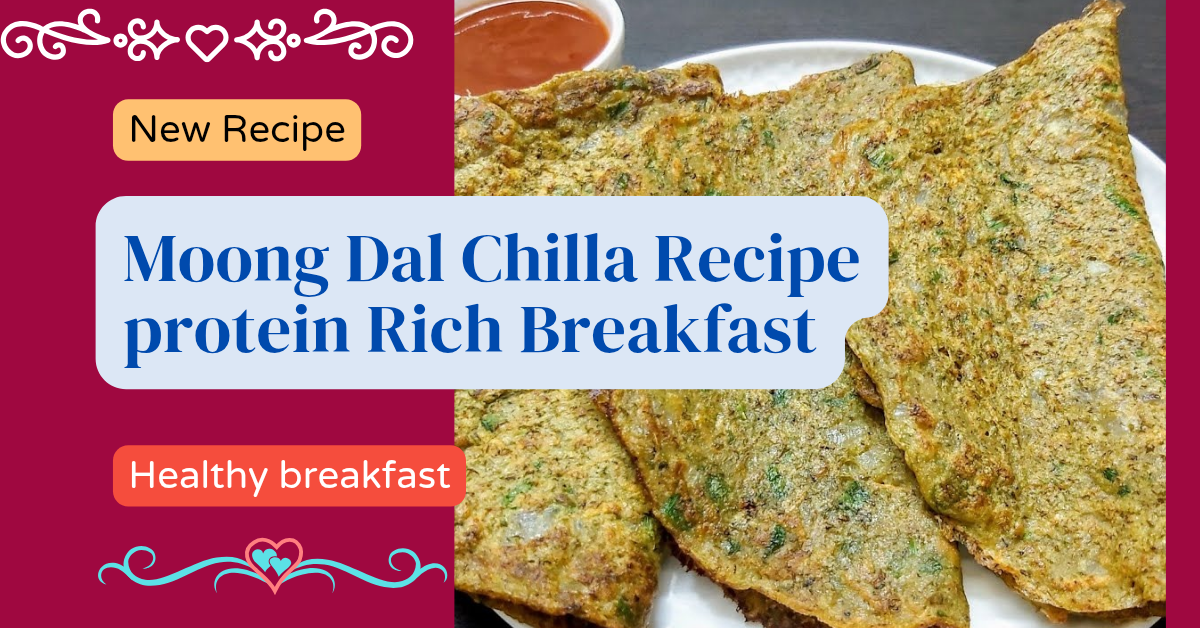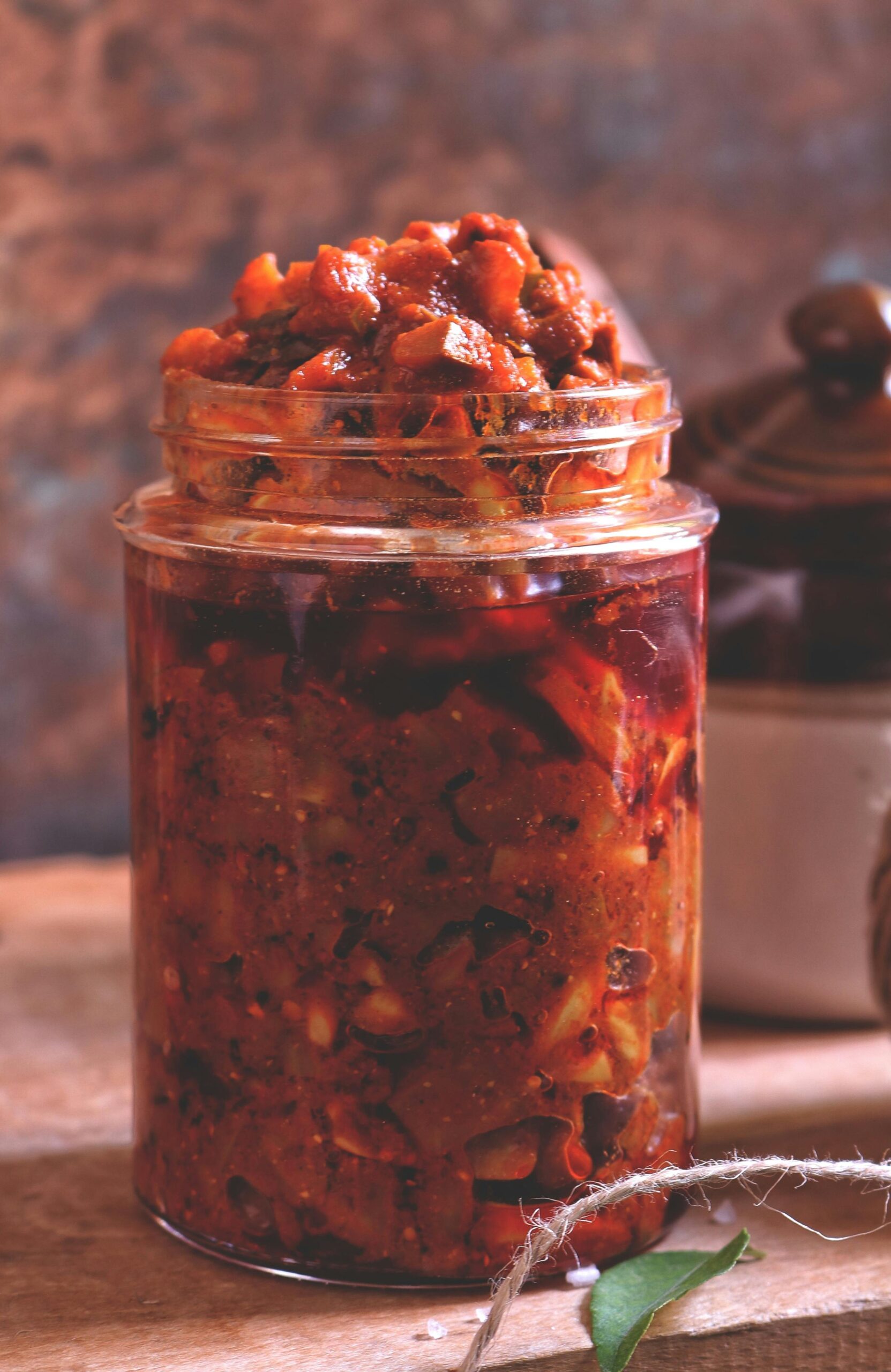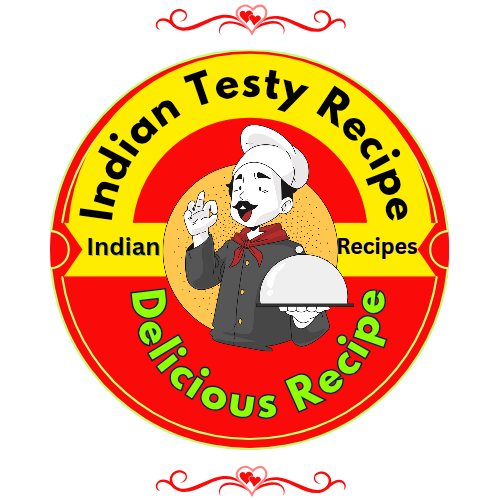This is a traditional Indian milk cake recipe. The cake is a delicious sweet recipe made with milk, sugar and cardamom powder. Its texture is soft, crumbly and rich milky. This cake is nutritious to eat. This recipe is made for festivals. This sweet recipe is made as a prasad of God.
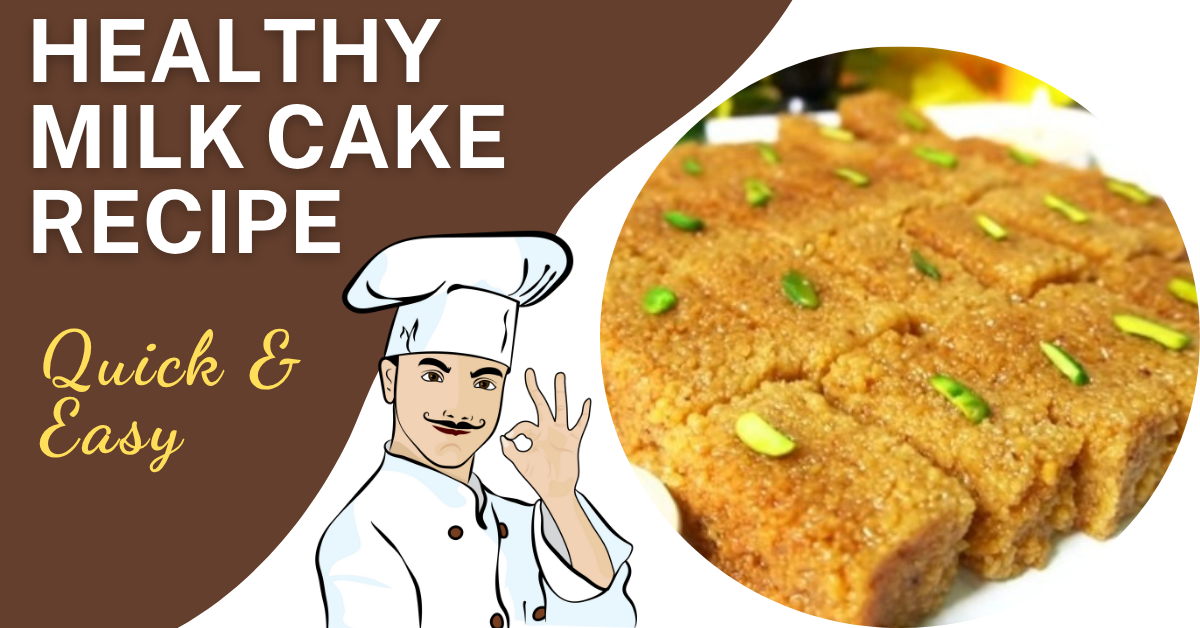
Table of Contents
ToggleAbout Milk Cake Recipe
Milk Cake, also known as Kalakand in some regions of India, is a popular Indian dessert made from milk, sugar, and a coagulant (like lemon juice or vinegar). It has a soft, grainy texture and rich, caramelized flavor. Here’s a simple and traditional method to make Milk Cake at home. This recipe is healthy and delicious.
Ingredients
. Full-fat milk – 2 liters
. Sugar – 1/2 to 3/4 cup adjust to taste
. Lemon juice or vinegar 1 to 2 tablespoons to curdle the milk
. Ghee (clarified butter) – 1 tablespoon
. Cardamom powder – 1/2 teaspoon
. Chopped nuts (optional) pistachios or almonds for garnish
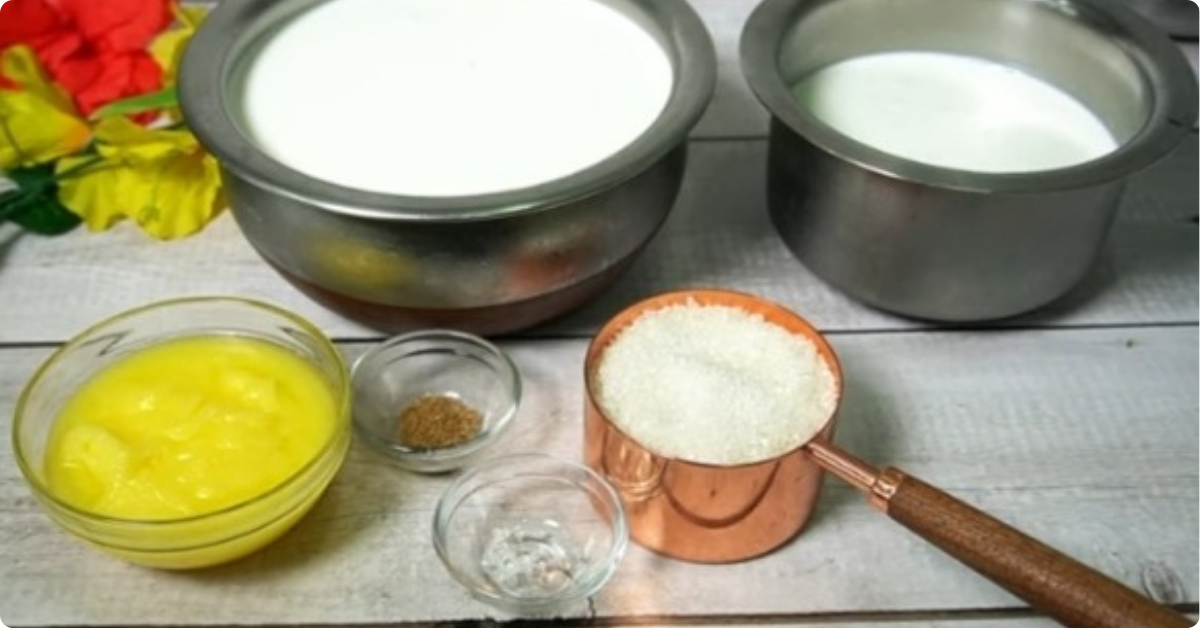
How To Make Milk Cake Recipe step by step instructions
1. Boil the 2 liters of milk in a large heavy bottomed pan.
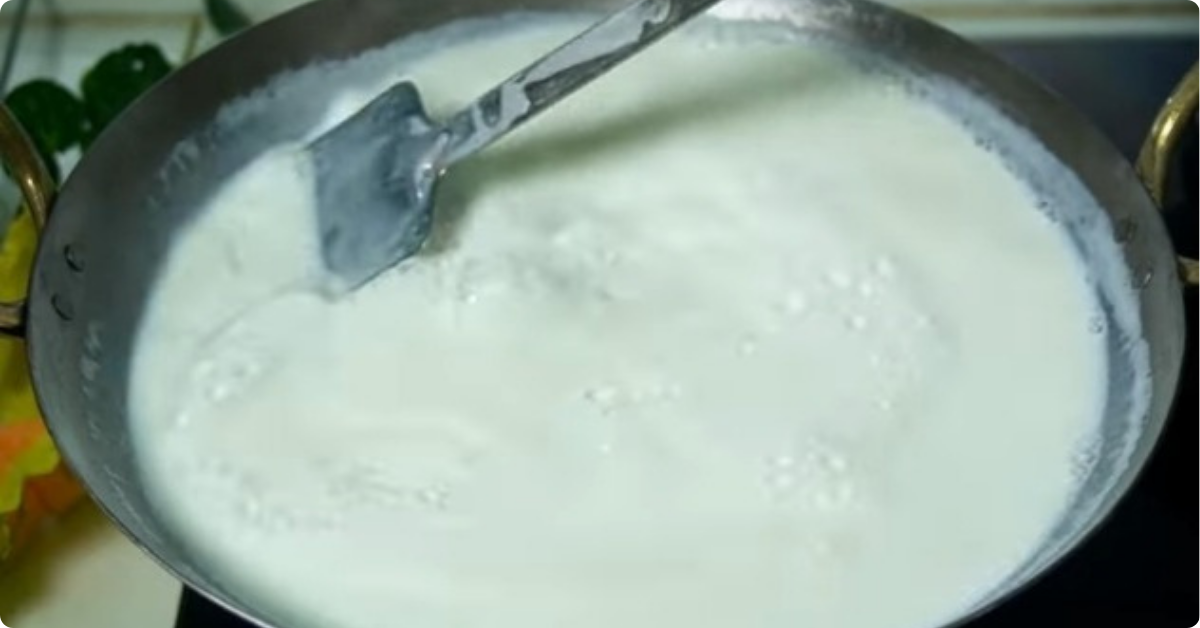
2. When it starts boiling, reduce the heat and add lemon juice or vinegar little by little, stirring gently.
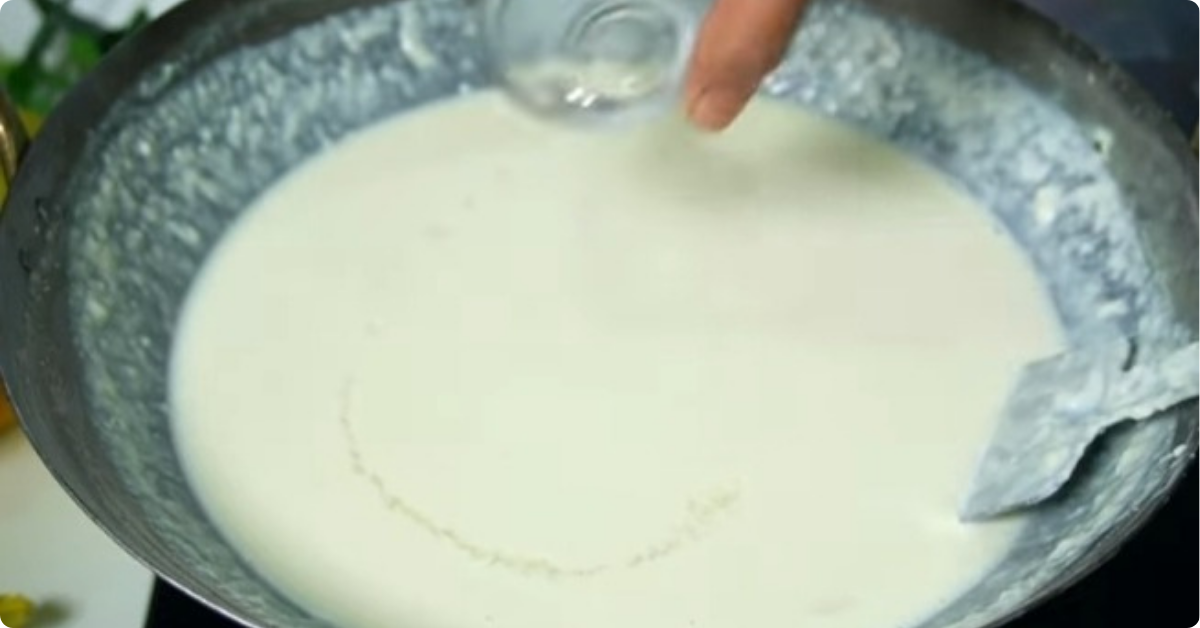
3. The milk will begin to curdle; keep stirring until whey separates fully.
4. Once curdled, strain using a muslin cloth or sieve to collect the chenna (curdled milk solids). Do not rinse it.
5. Put the chenna back into the pan.
6. Add sugar and cook on low to medium heat. The mixture will become soft and release moisture.
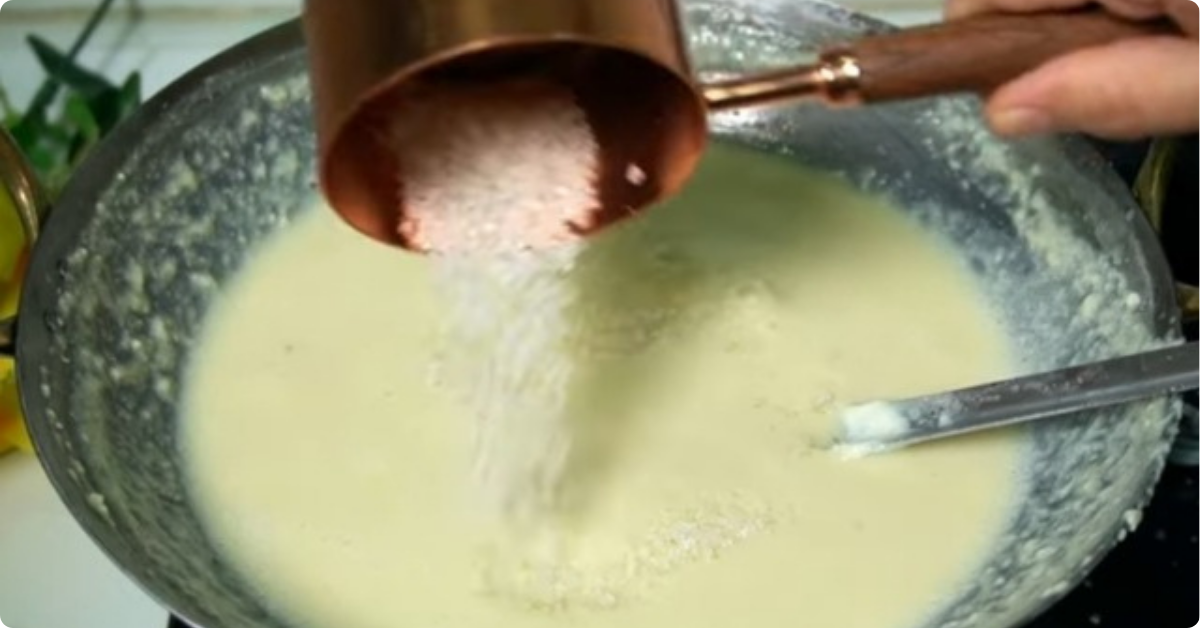
7. Stair continuously to prevent burning. Add cardamom powder.
8. cooking until the mixture thickens and begins to leave the sides of the pan. This can take 20–30 minutes.
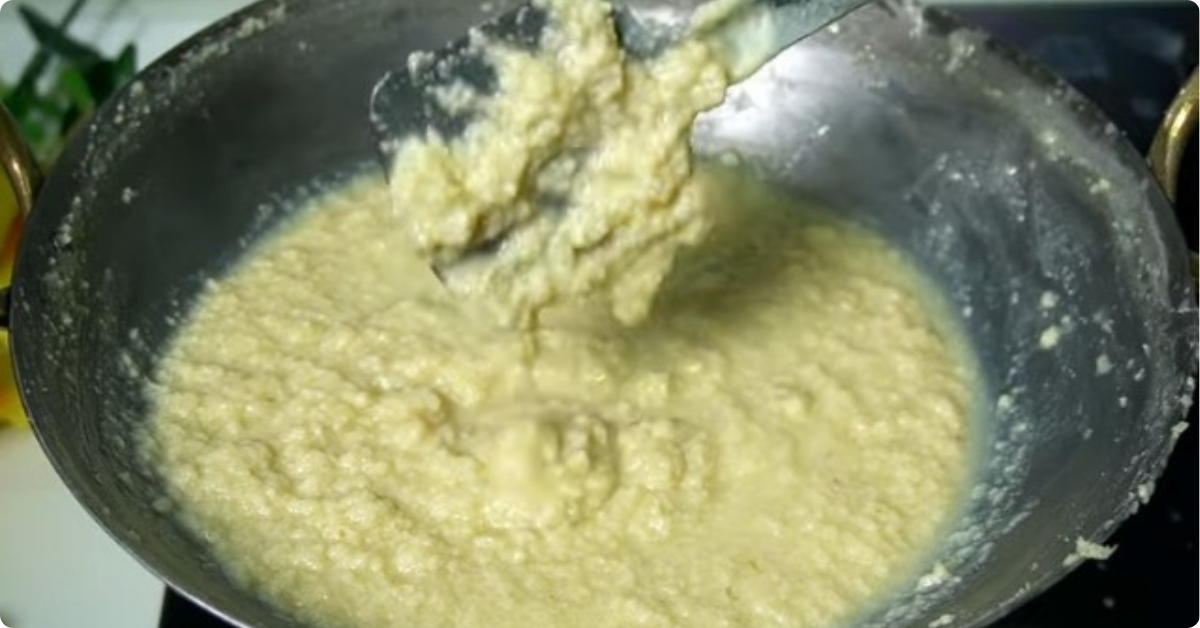
9. Add 2 to 3 tablespoons of ghee and mix the mixture with a spoon.
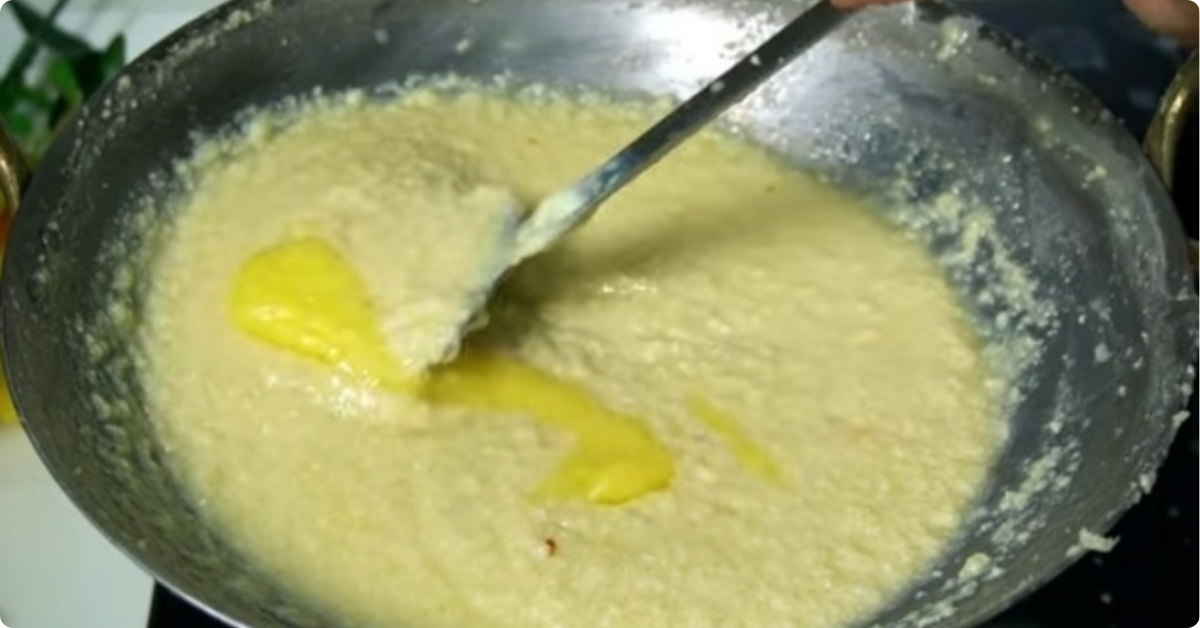
10. After adding ghee, mix the mixture well.

11. Take a deep bottomed pit. Grease it with ghee from inside.
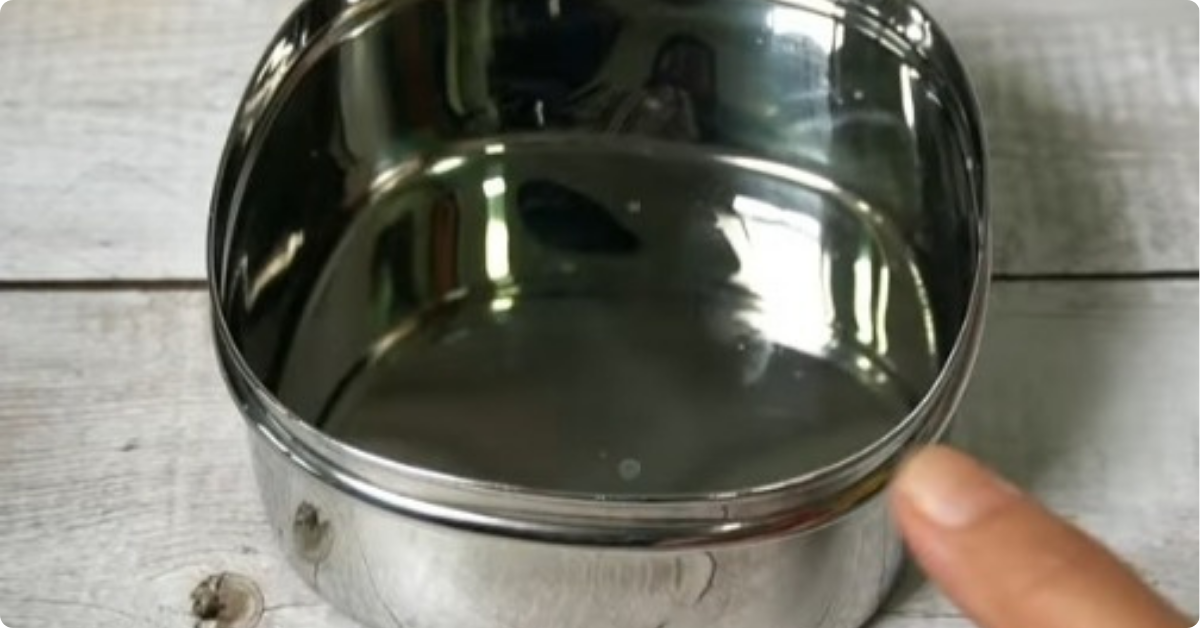
12. Transfer the thickened mixture and press evenly.
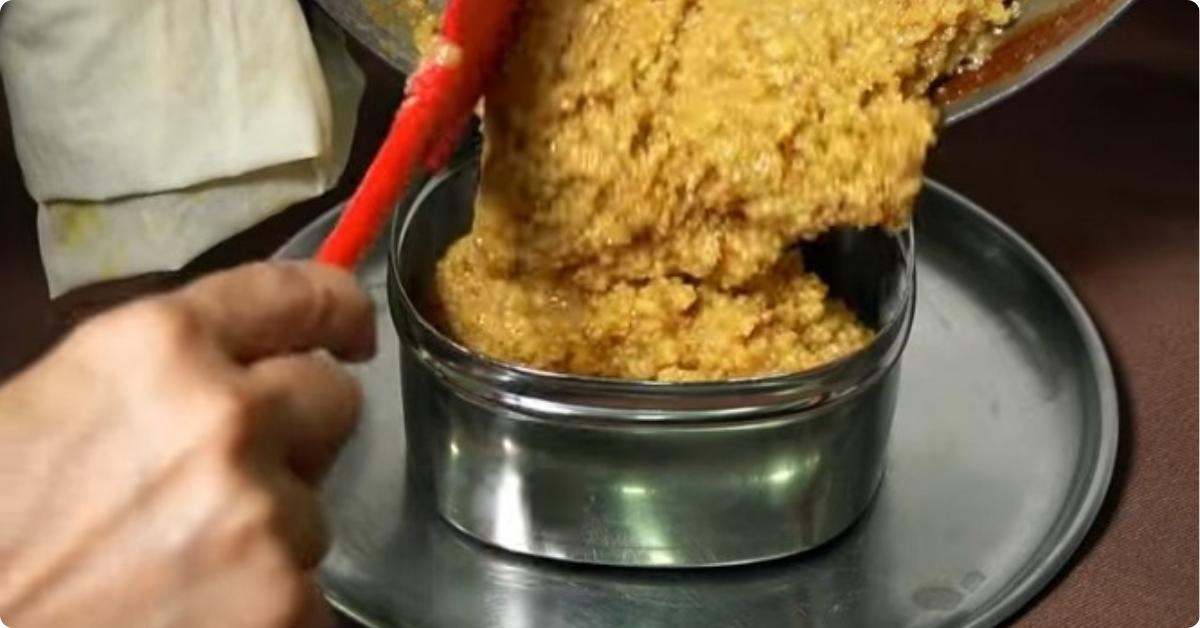

13. Wrap the container in a cotton cloth and leave it at room temperature to set overnight.

14. Once firm, cut into desired shapes and garnish with chopped nuts.
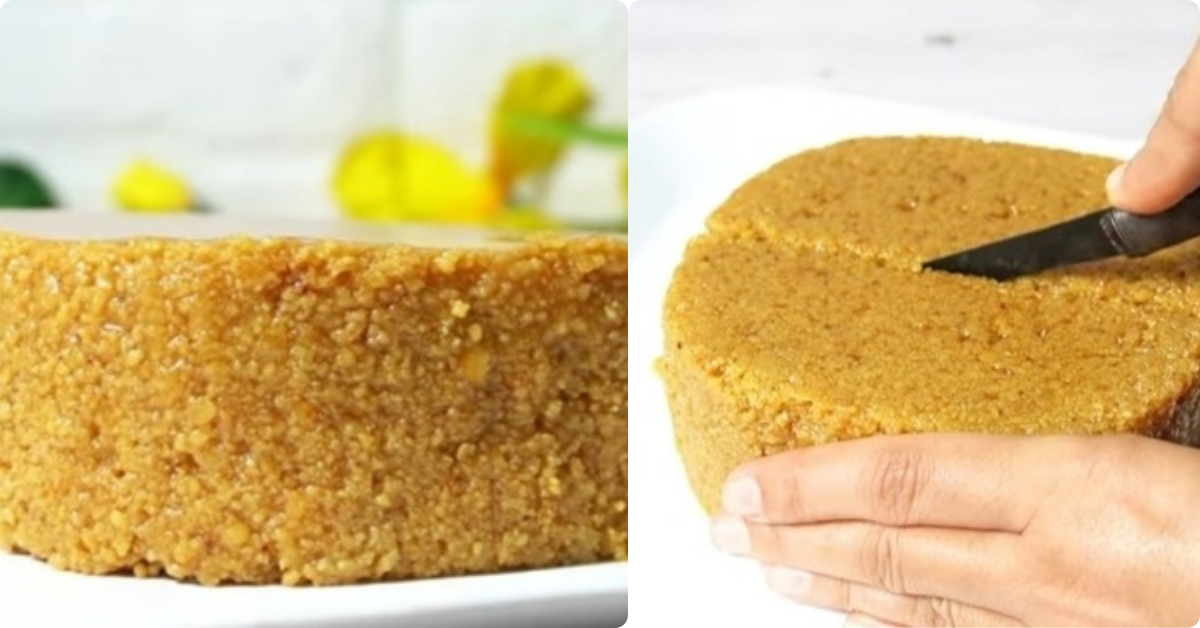
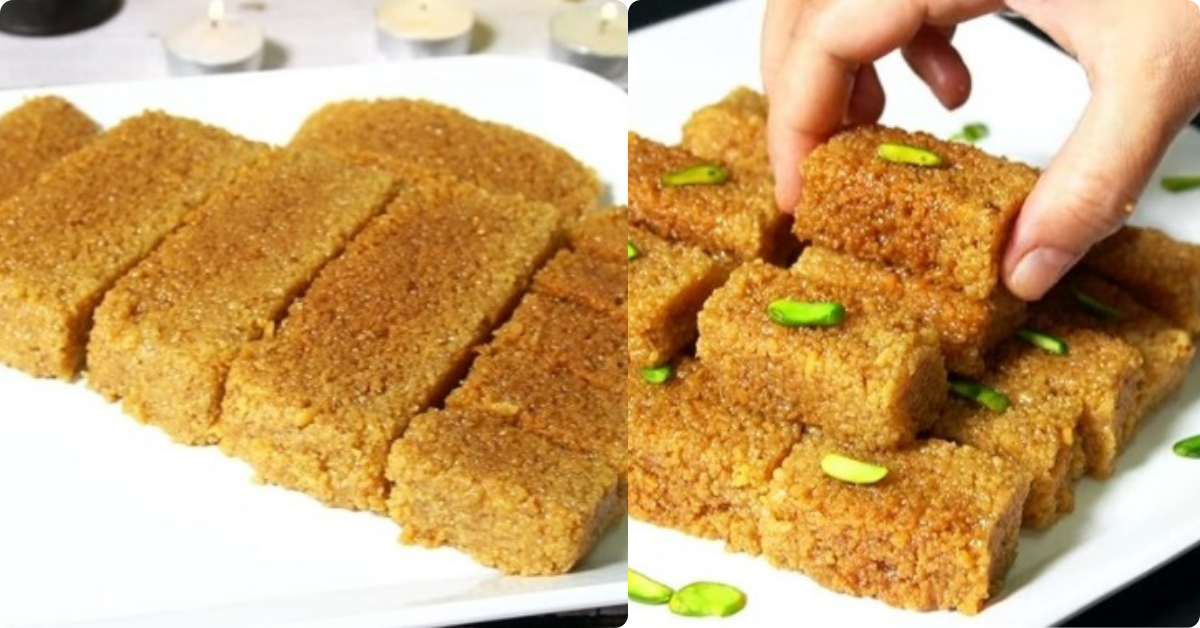
15. Milk cake is ready. Serve in a plate or bowl. And enjoy the sweet and delicious recipe.
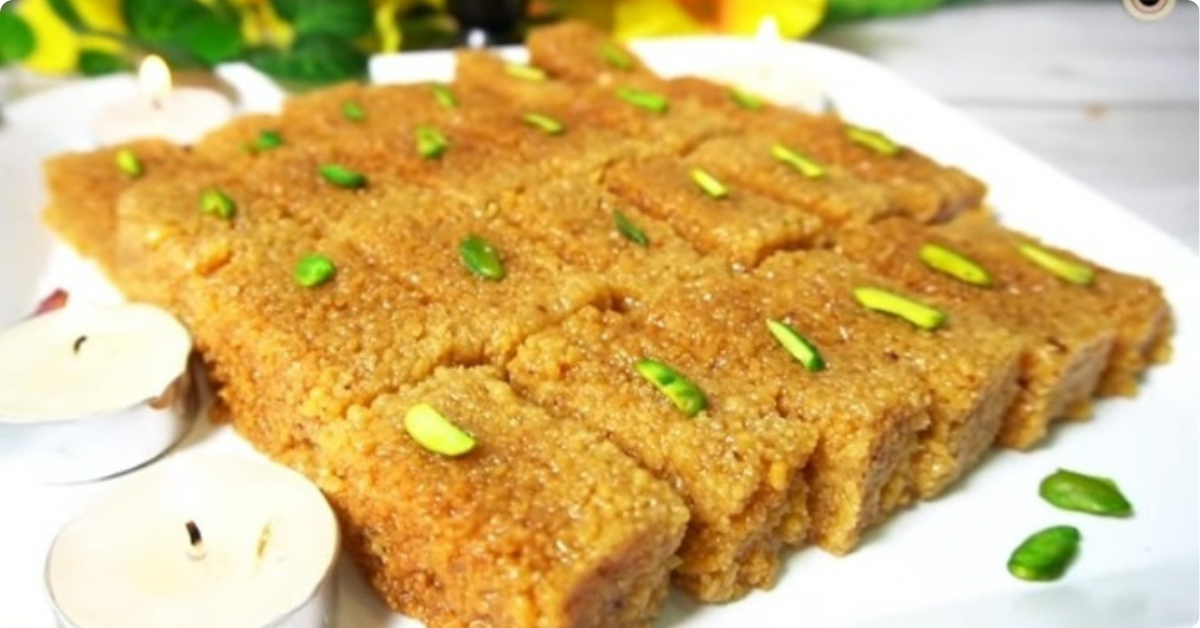
Milk Cake Recipe pro Tips
1. Use Full-Fat Milk Always use full-fat whole milk. It gives a rich texture and helps curdle well to form proper chenna. Avoid toned or skimmed milk results will be less creamy.
2. Curdling the Milk Right Add lemon juice or vinegar slowly while stirring continuously. Stop as soon as the whey separates; do not overcook or your chenna will get hard. Rinse chenna under cold water to remove acidic taste.
3. Drain Chenna Correctly Hang or press the chenna for only 30-40 minutes. You want it moist, not dry. If it’s too dry, the milk cake will be crumbly and dry.
4. Slow Cooking = Best Texture Cook the chenna and milk mixture on low to medium heat, stirring often. Stir continuously in the final stages to avoid burning or sticking.
5. Use a Heavy Bottomed Pan Prevents burning at the bottom, which can ruin the flavor.
6. Don’t Rush the Sugar Add sugar only after the moisture has reduced in the chenna-milk mix. After sugar is added, it will release more moisture cook again until it thickens to a grainy fudge-like texture.
7. Grease or Line Your Tray Grease the tray with ghee or line with parchment before setting the cake, so it unmolds easily.
8. Give It a Gradient For the classic two-tone look, keep one part of the mix on heat longer for a caramelized, darker layer before setting.
9. Set at Room Temperature Allow the milk cake to set slowly at room temperature for a few hours before refrigerating. Do not freeze it affects texture.
10. Cut When Cooled Cut the pieces only when completely cooled and set to get clean, sharp edges.
Health benefits of milk Cake
1. High in calcium from the milk, which supports bone strength and dental health.
2. Whole milk and ghee (if used) provide essential fats that support hormone production and brain health.
3. Milk provides vitamin D, B 12, riboflavin, and phosphorus. Cardamom (if used) may aid digestion and detoxification.
4. Made from chenna (milk solids), it contains casein and whey proteins, which help in muscle repair and growth.
Milk Cake Recipe FAQs
1. What is Milk Cake?Milk cake (also known as Alwar ka Mawa) is a traditional Indian sweet made primarily from milk, sugar, and cardamom. It has a dense, grainy texture and a caramelized layer on top, giving it a unique flavor.
2. What type of milk should I use?
Use full-fat (whole) milk for the best results. The higher fat content helps the milk thicken and gives the milk cake a rich, creamy texture.
3. Can I use condensed milk or milk powder?Yes, for quicker versions, some recipes use condensed milk or milk powder to reduce cooking time. However, traditional milk cake is made by slowly reducing whole milk.
4. How long does it take to make traditional milk cake?
Traditional milk cake can take 1.5 to 2 hours, as the milk needs to be reduced slowly until it thickens significantly.
5. How do I get the two-tone color (brownish layer on top)?
The brownish layer forms naturally if you let the cake sit undisturbed in the pan while it cools slowly. The residual heat caramelizes the bottom layer.
6. Why is my milk cake not setting properly?Possible reasons Milk wasn’t reduced enough. Sugar was added too early or too late. It wasn’t cooled properly before cutting. Make sure the mixture is thick and leaves the sides of the pan before setting.
7. Can I flavor milk cake with anything else besides cardamom?Saffron strands (soaked in warm milk), Rose water Chopped nuts (like pistachios or almonds).
8. How should I store milk cake?
Store in an airtight container At room temperature for up to 2 days In the refrigerator for 5–7 days.
9. Why is my milk cake too crumbly?Overcooking the milk mixture or not enough moisture during setting can cause crumbliness. Aim for a thick but still slightly moist texture before setting.
Tasty and delicious recipes are on my site. Visit that recipe.

Mr Anandrao kharat
Indian Testy Recipe
Join me on my journey to a healthier lifestyle. Rooted in generations of family cooking, I specialize in sharing time-honored recipes that celebrate heritage, simplicity, and the rich flavors of homemade meals. From slow-simmered stews to hand-kneaded breads, each dish tells a story passed down through tradition. My passion lies in preserving the essence of classic recipes while inviting everyone to gather around the table and taste the comfort of the past. Please visit my website for recipes made in the traditional way. And give me your feedback about the recipe. 🙏Thank you 🙏

